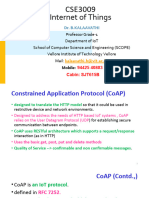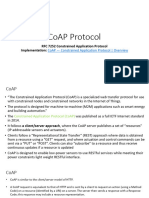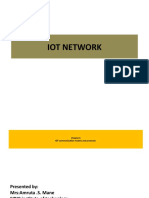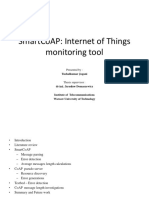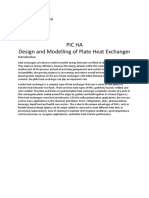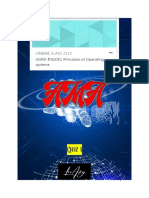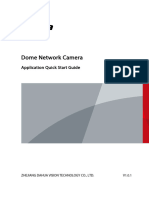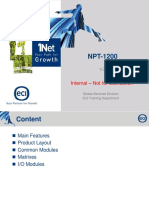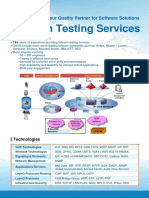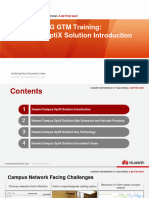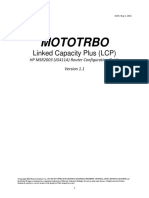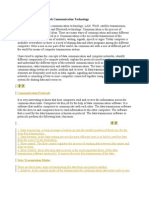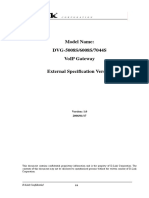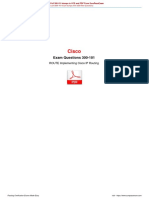0% found this document useful (0 votes)
115 views3 pagesCoAP Protocol Structure & Steps
1) CoAP (Constrained Application Protocol) is an IoT protocol that is designed for constrained devices and networks. It uses UDP and has a simple request-response messaging system.
2) CoAP messages come in four types - confirmable, non-confirmable, acknowledgement, and reset. Confirmable messages provide reliability through acknowledgements.
3) The CoAP protocol stack has two layers - a messages layer dealing with UDP messaging and a request-response layer managing interactions through request and response messages.
Uploaded by
Ameya DalviCopyright
© © All Rights Reserved
We take content rights seriously. If you suspect this is your content, claim it here.
Available Formats
Download as DOCX, PDF, TXT or read online on Scribd
0% found this document useful (0 votes)
115 views3 pagesCoAP Protocol Structure & Steps
1) CoAP (Constrained Application Protocol) is an IoT protocol that is designed for constrained devices and networks. It uses UDP and has a simple request-response messaging system.
2) CoAP messages come in four types - confirmable, non-confirmable, acknowledgement, and reset. Confirmable messages provide reliability through acknowledgements.
3) The CoAP protocol stack has two layers - a messages layer dealing with UDP messaging and a request-response layer managing interactions through request and response messages.
Uploaded by
Ameya DalviCopyright
© © All Rights Reserved
We take content rights seriously. If you suspect this is your content, claim it here.
Available Formats
Download as DOCX, PDF, TXT or read online on Scribd
/ 3

